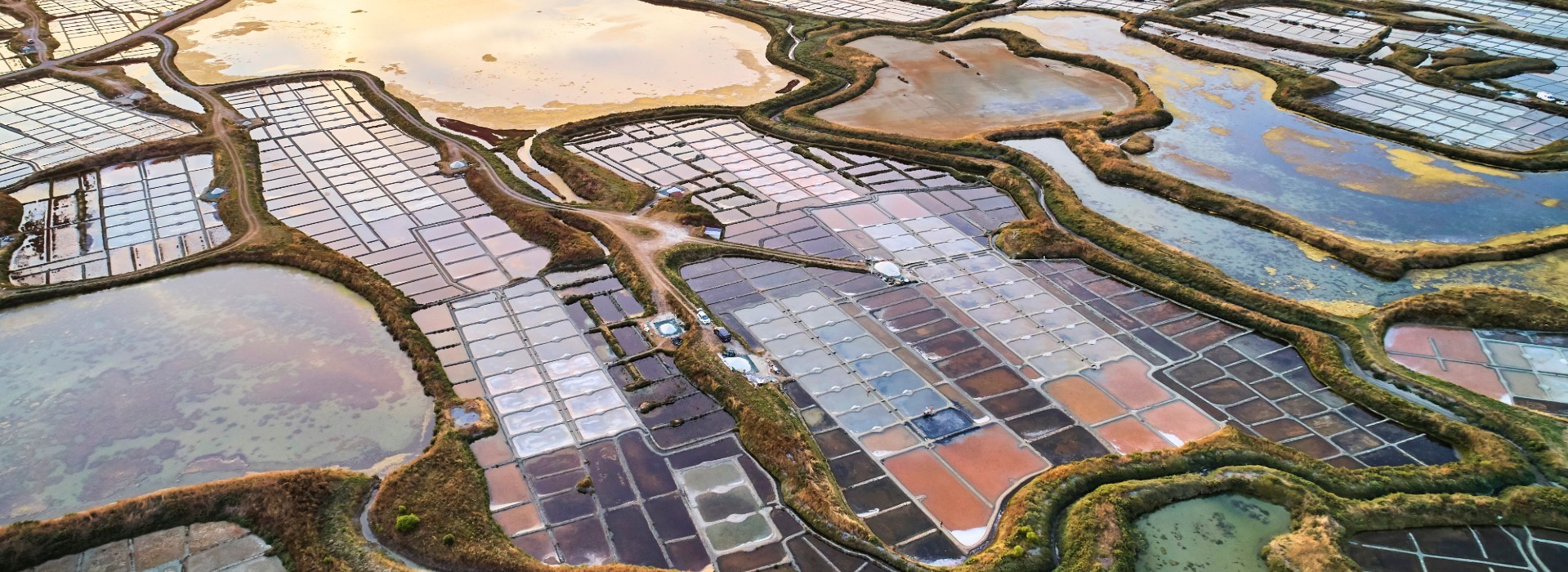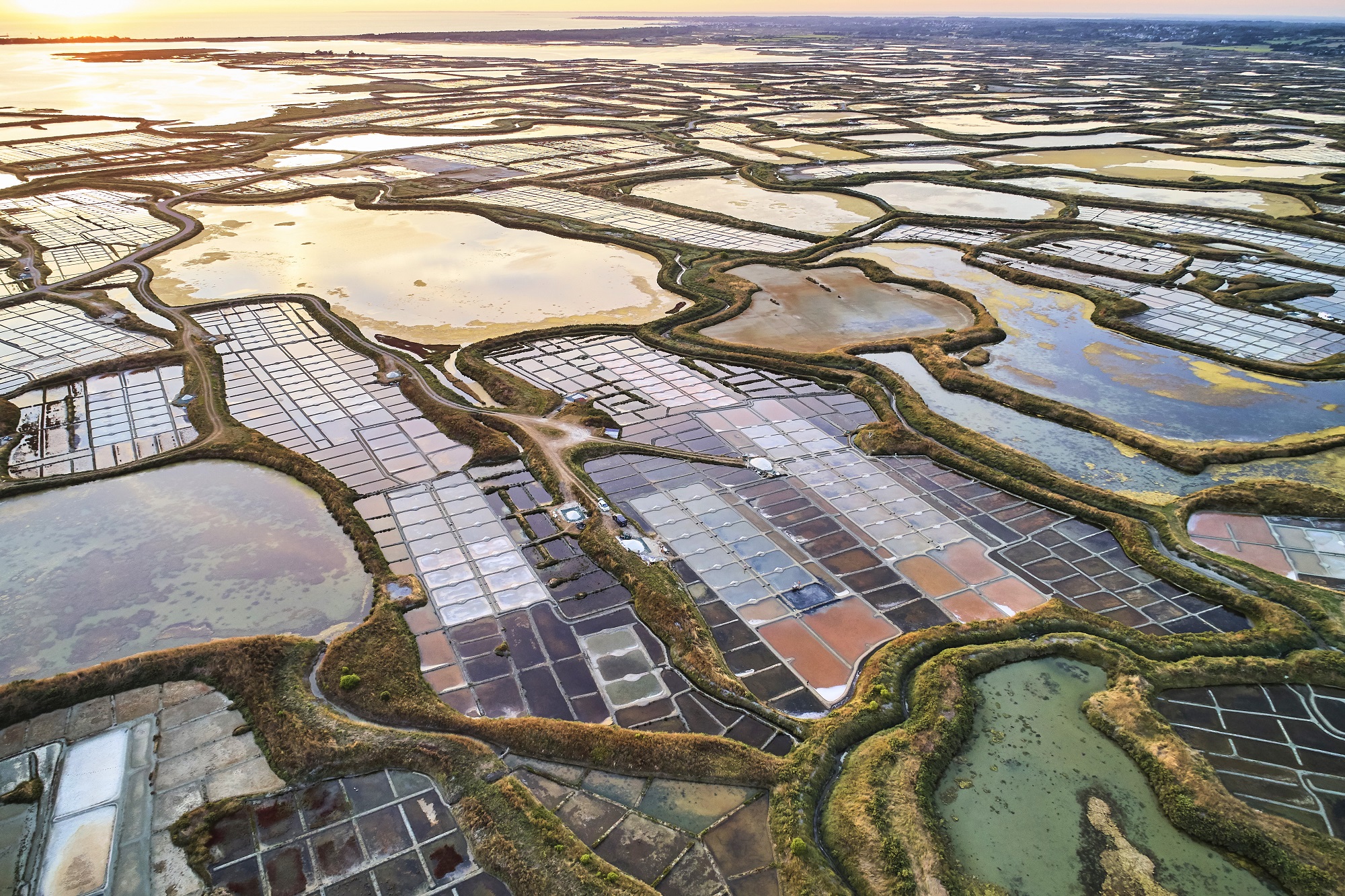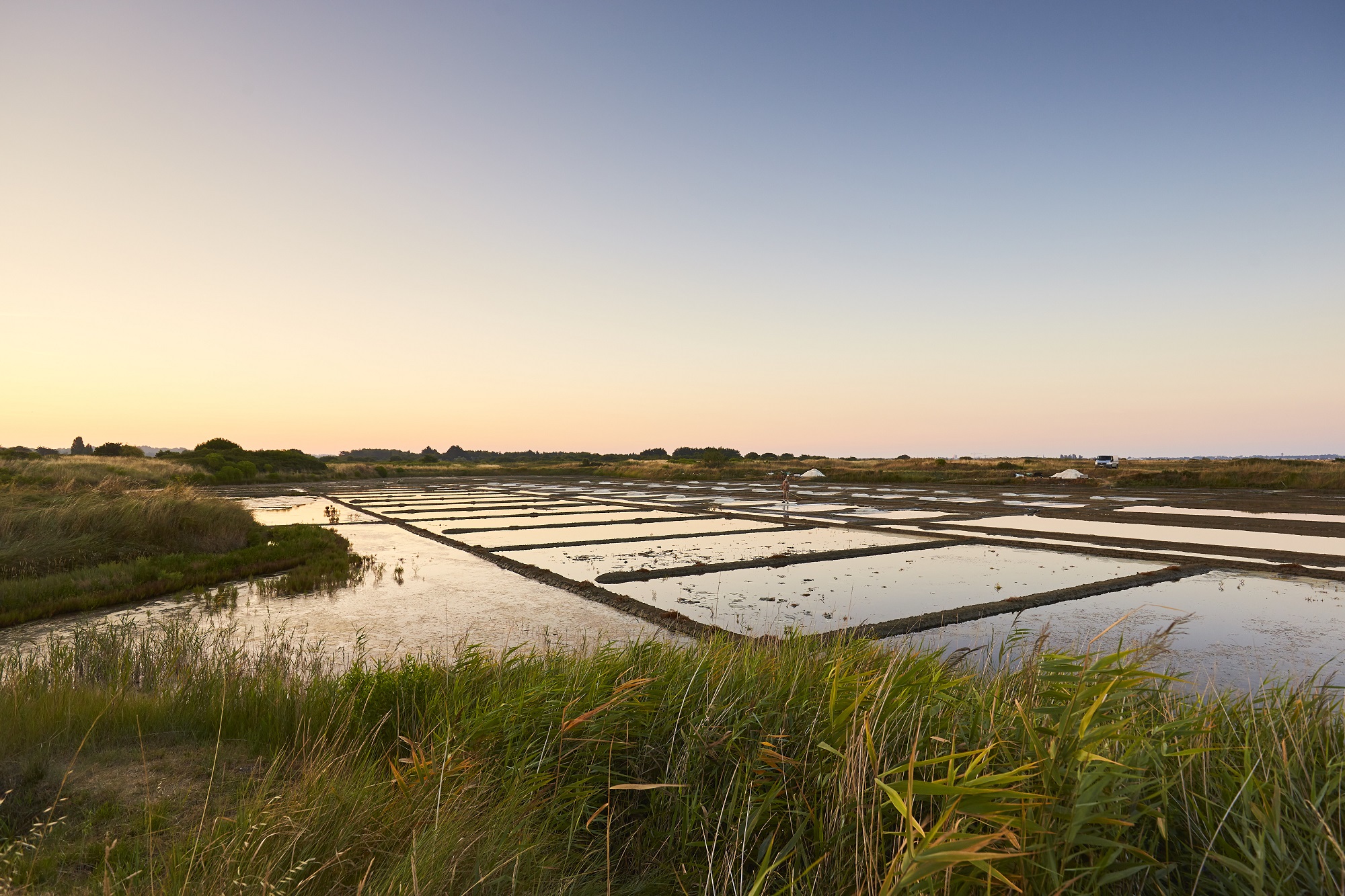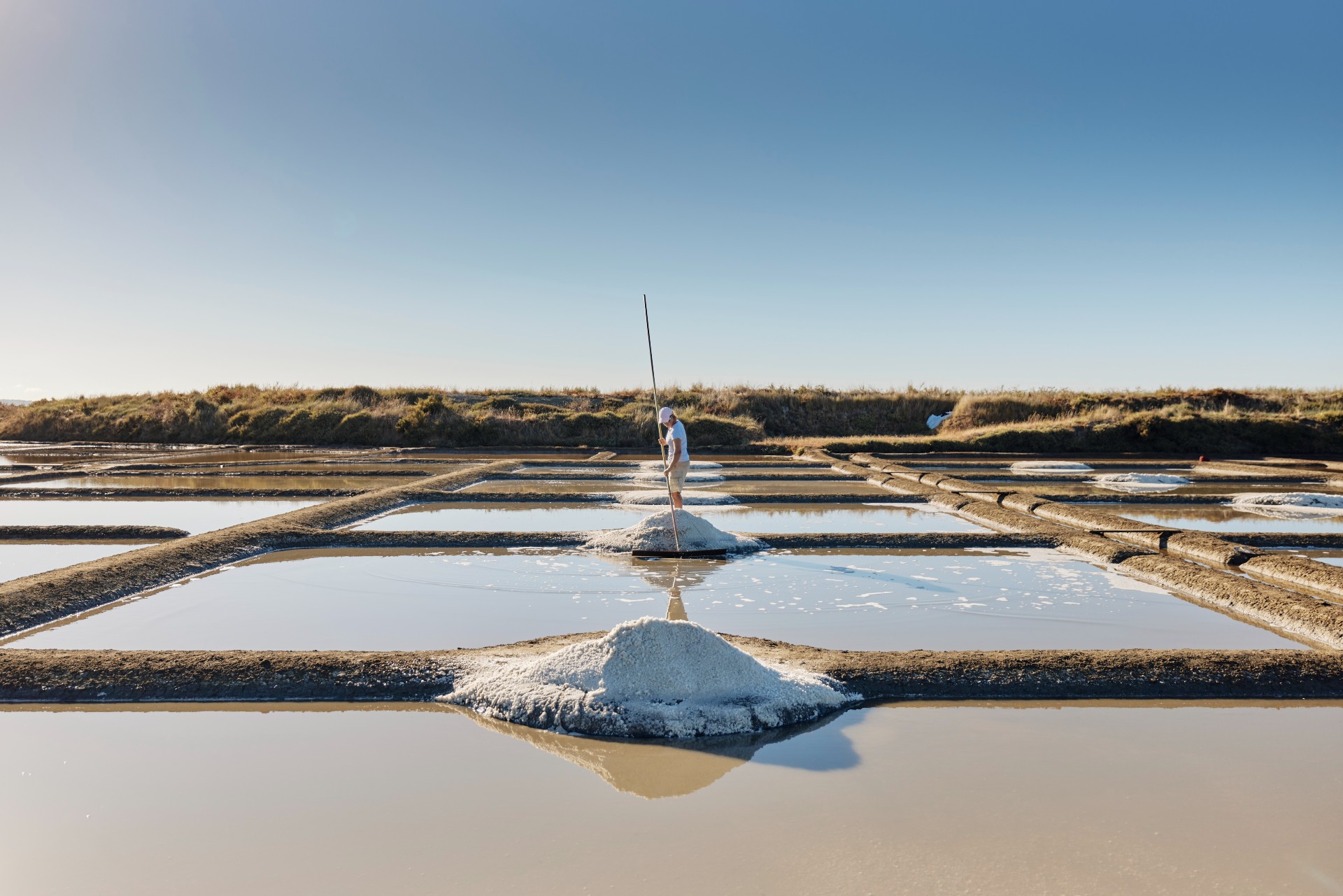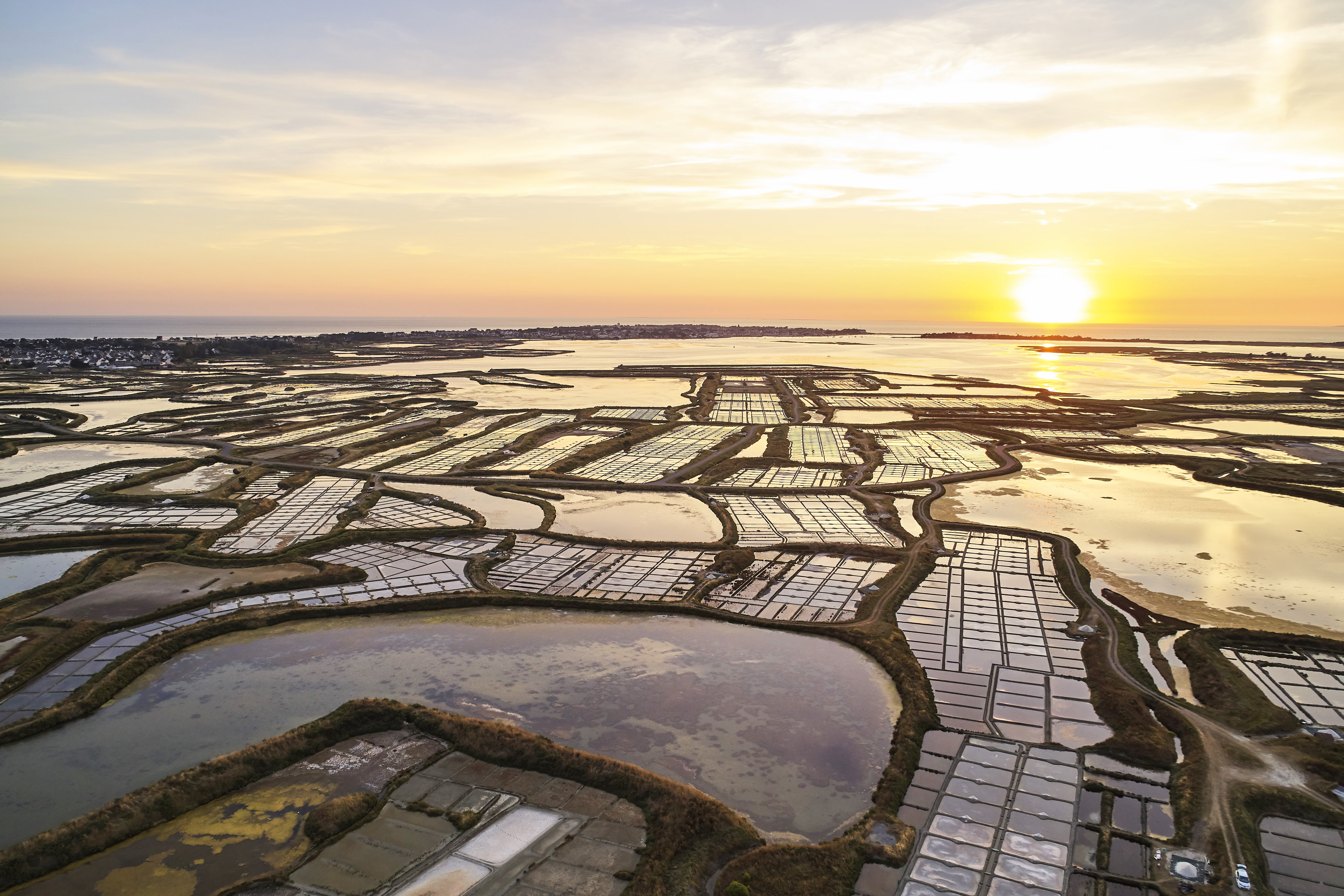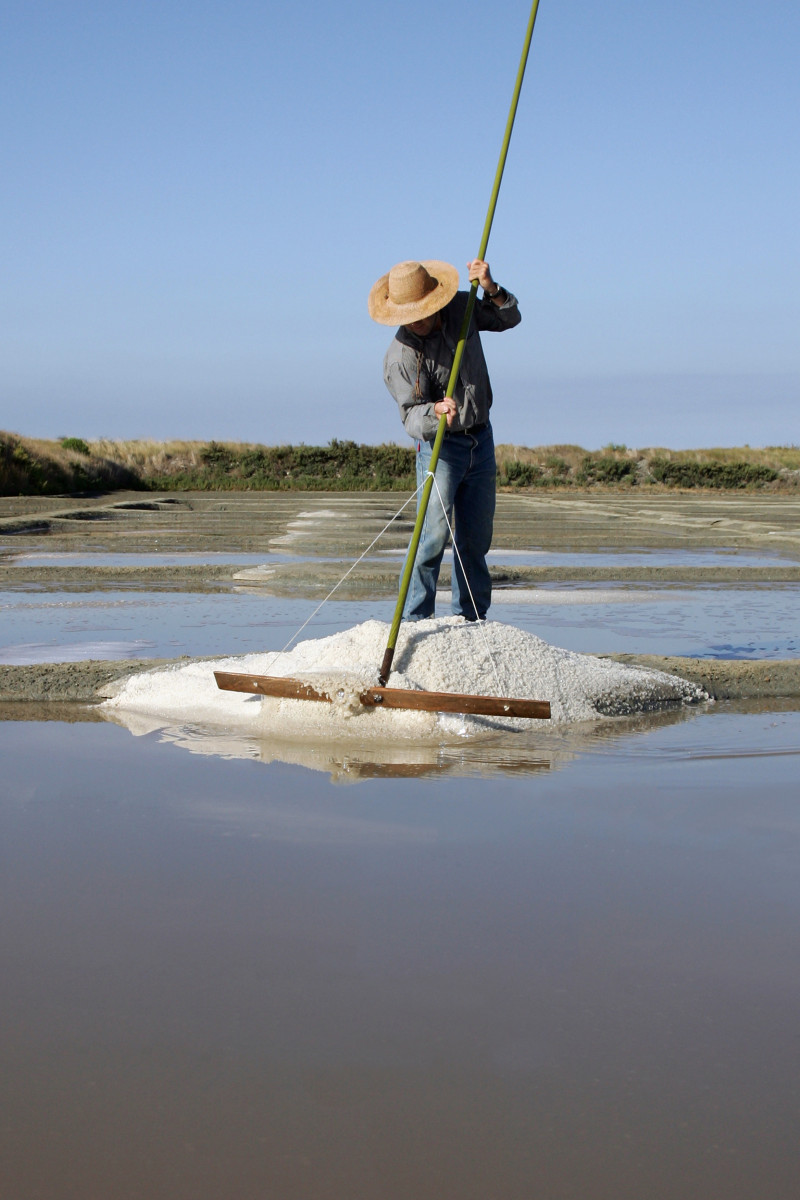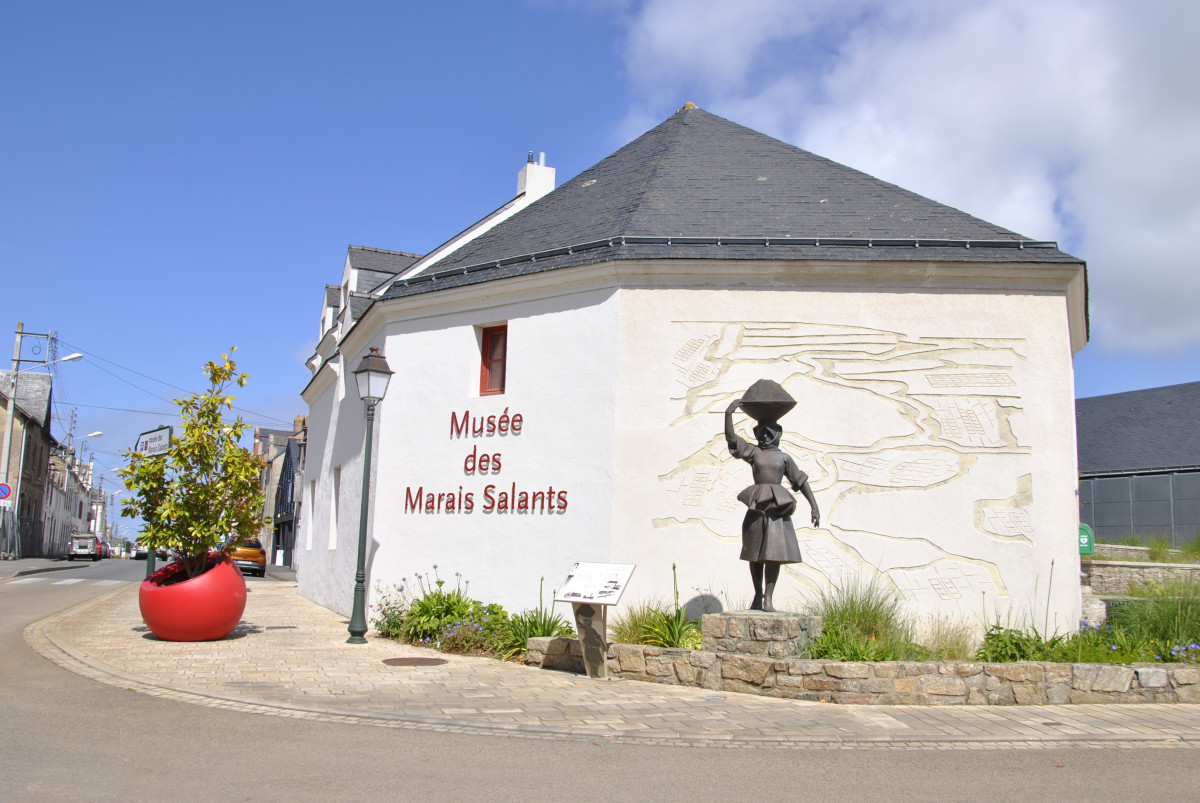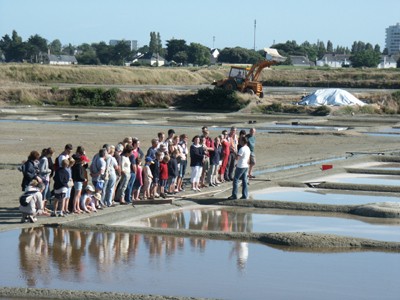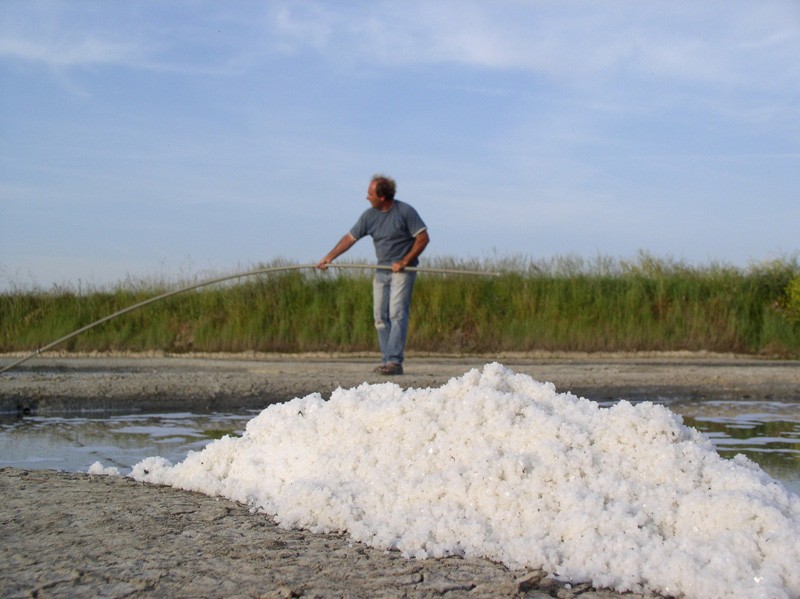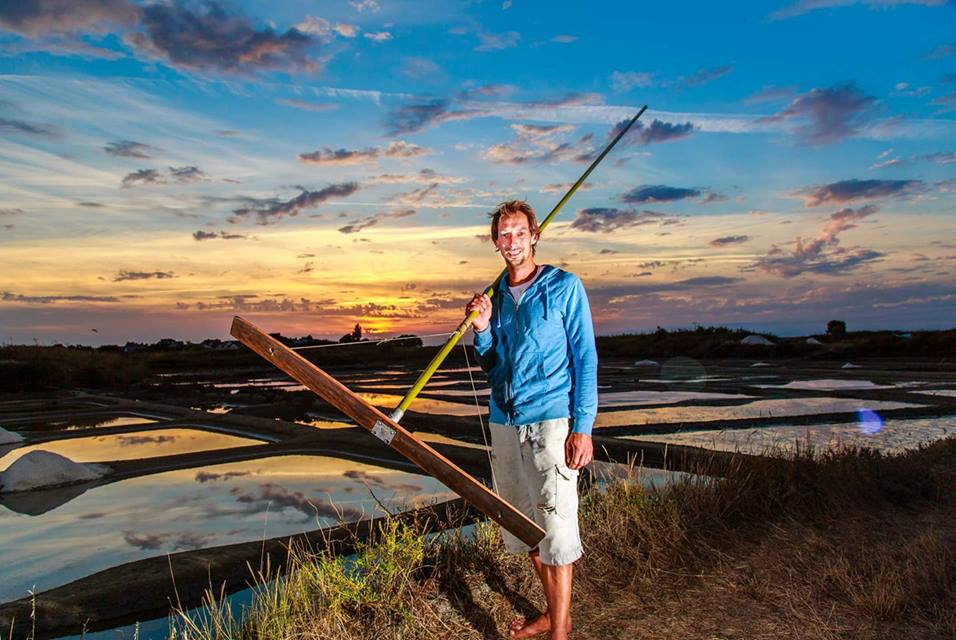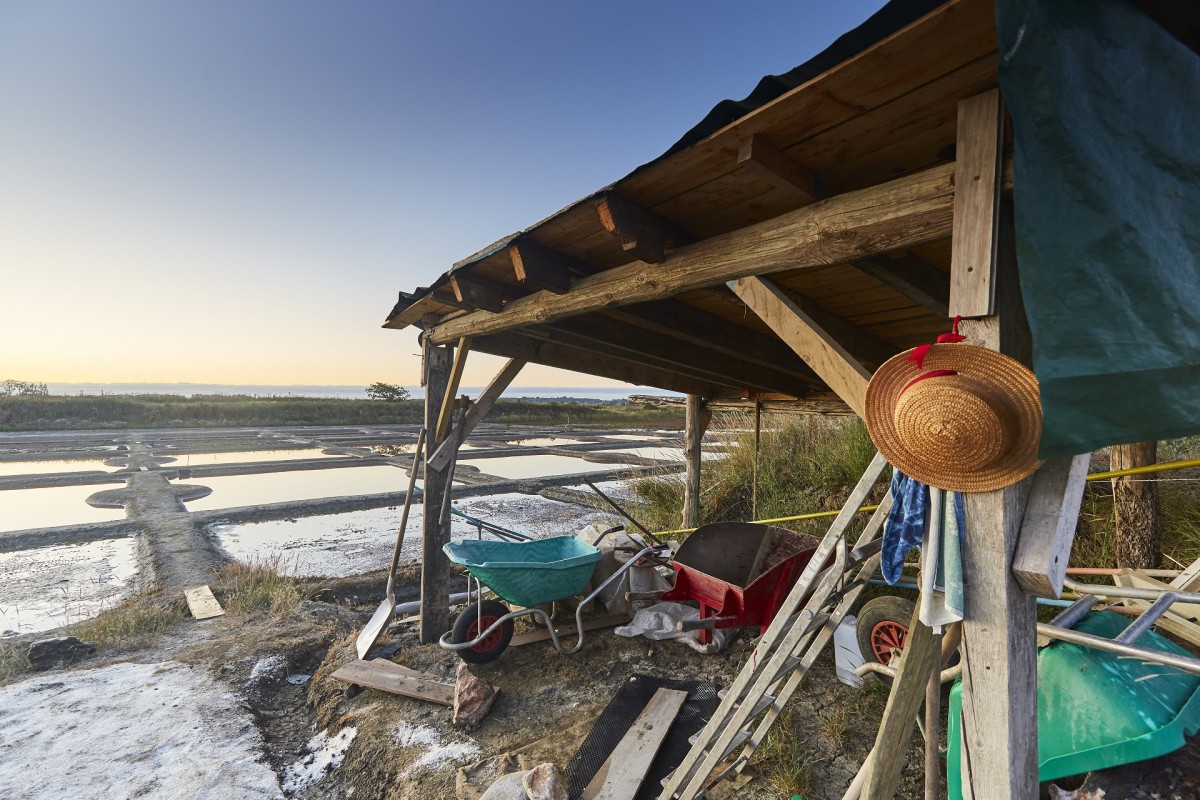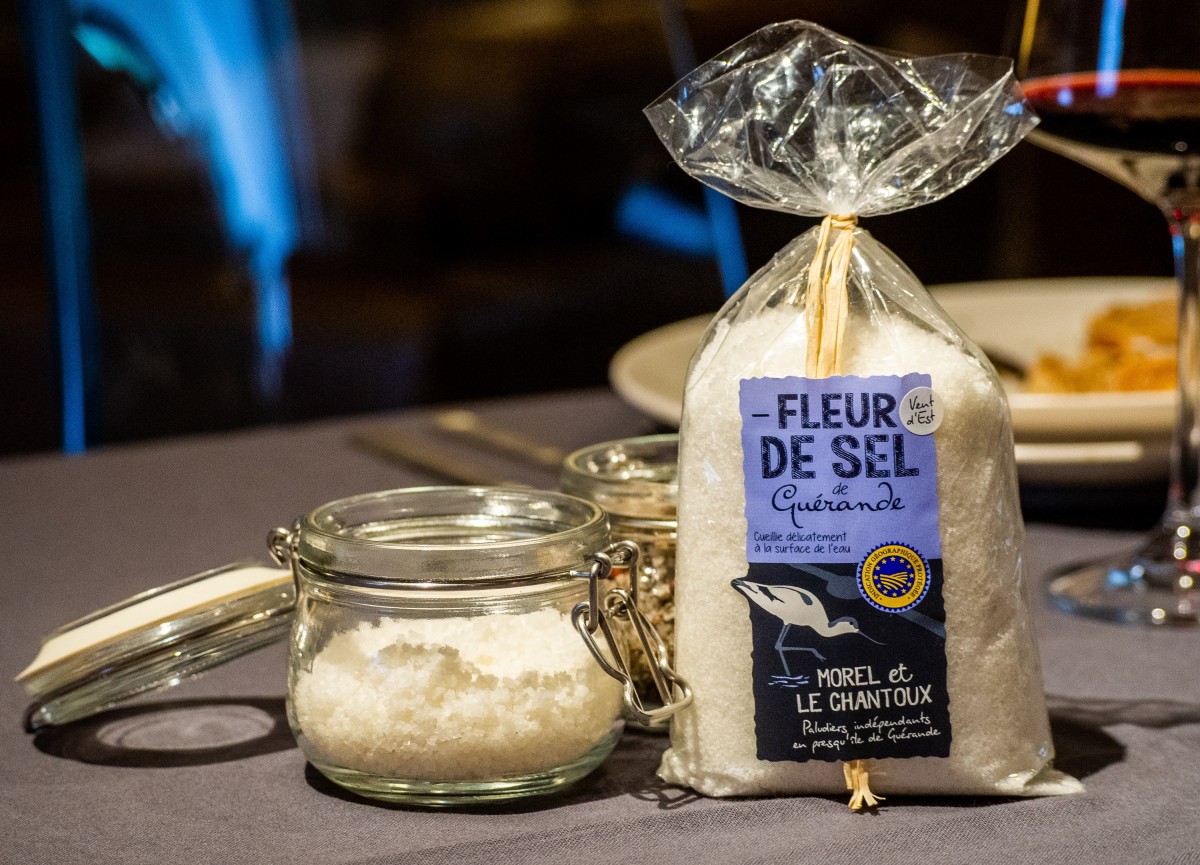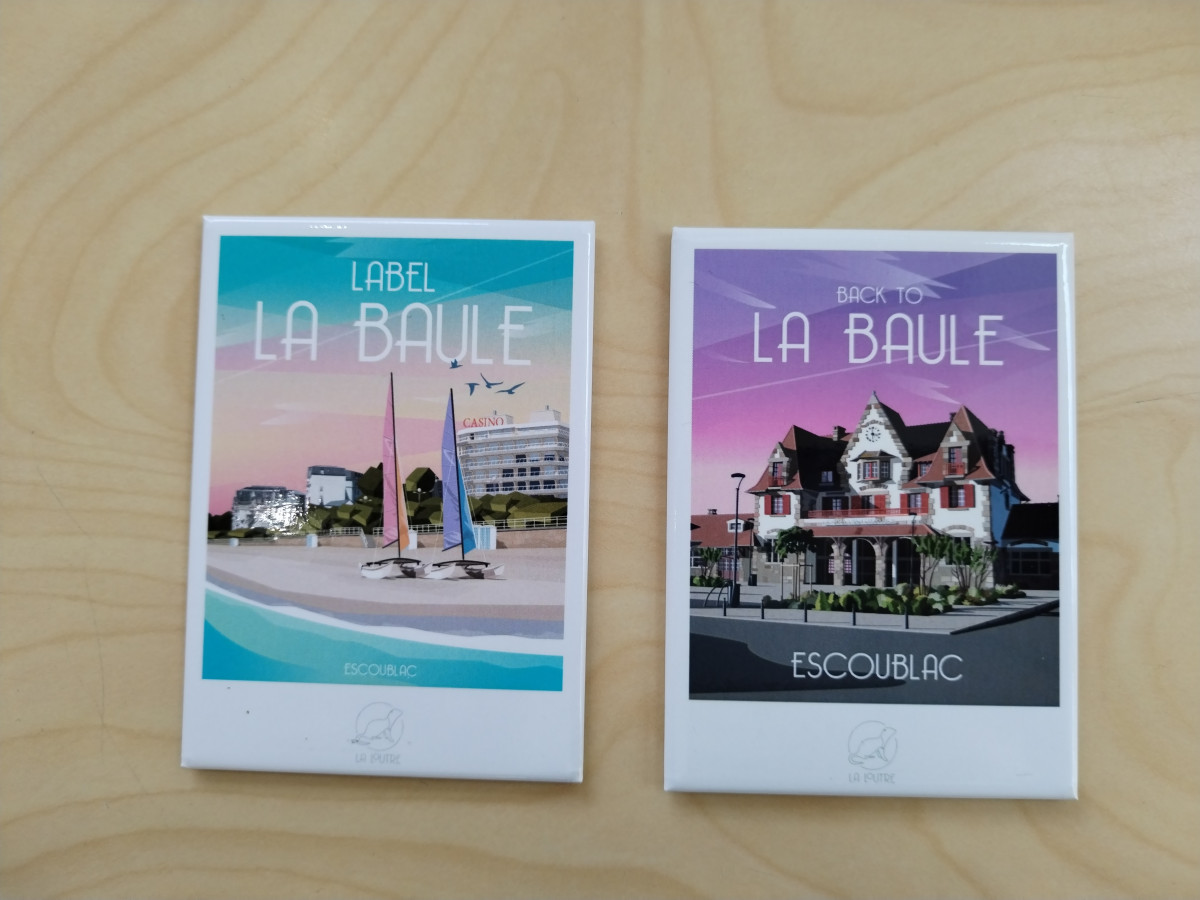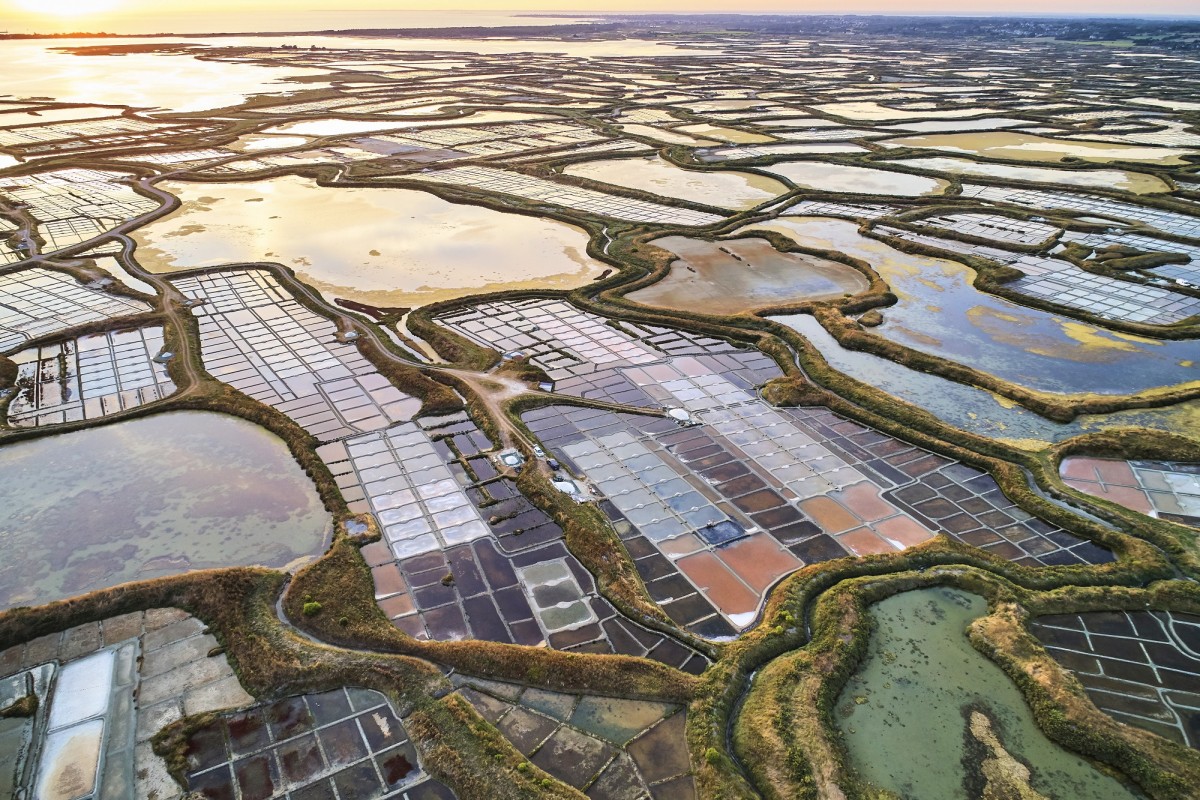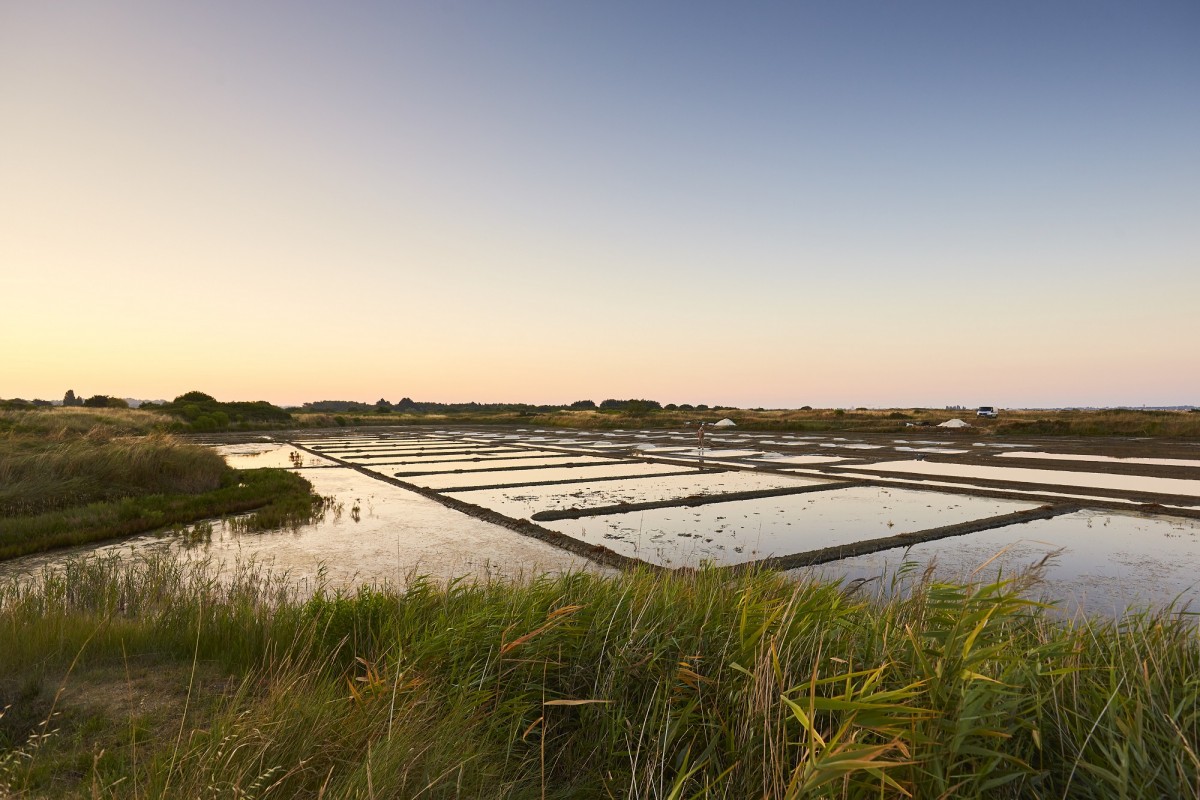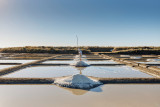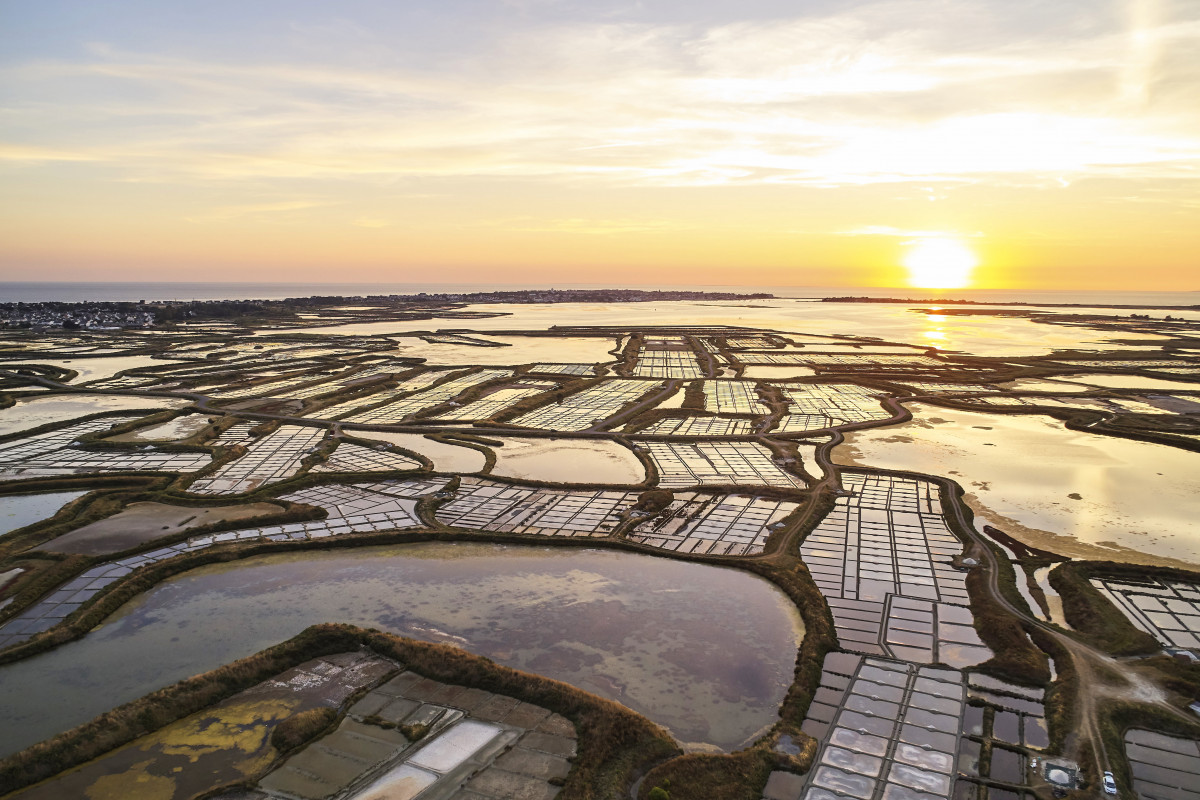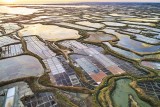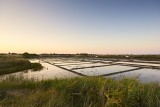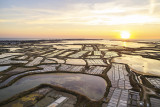The famous salt marshes of Guérande
Fashioned by man over the centuries the salt marshes stretch out before you a breath taking immense mosaic of colours. These 2 000 hectares of salt marshes bear the quality label of ‘Site remarquable du Goût’ (a site of culinary interest and excellence) and are supplied with seawater via the inlets of ‘Les traicts du Croisic and Mesquer’. Visits of these conservation areas of environmental heritage can be arranged via 3 structures ‘Terre de Sel’, ‘la Maison des Paludiers’’, in Guérande and ‘le Musée des Marais Salants’ in Batz-sur-Mer. There are also other types of tours/visits on offer via the independent salt workers – ‘les paludiers’ and other groups.
Salt marshes
The multicoloured patchwork of the salt marshes provides us with a landscape which is both unique and bewitching…pale grey in the morning, brilliant white at midday, violet under the sunset. Ever changing with the seasons…never ceasing to amaze…This vast area covers some 2 000 hectares of marshland some cultivated some not, divided into two zones:- The salt marshes of Guérande, which border the sea inlet of ‘Le Traict du Croisic’, covering some 1 650 hectares, spread out over an area in/and around to Batz-sur-Mer, Guérande and La Turballe.
- The salt marshes of Le Mès, which lie beyond the hillside near Guérande, cover an area of some 350 hectares in/and around Mesquer-Quimiac, Saint-Molf and Assérac. This zone is supplied with seawater via the inlet of Le Traict de Mesquer.
The importance of these wetlands is further emphasized by their protection under various conservation orders as well the possession of many international awards for their ecological value (Natura 2000, RAMSAR, etc…). In the company of a naturalist guide or alone, equipped only with your binoculars you can observe the various shorebirds including the elegant pied avocet, black-winged stilt, common redshank, grey heron, little egret and many more…(i.e. the small waders)
Want to find out more about the famous local sea salt?...then read on… !
The salina is the name given to the place ‘where it all happens’. The ‘Paludier’s’ workplace. With skill and expertise the salt-worker carefully manages the water level in the various basins. In order to harvest the famous sea salt of Guérande. The technique still used today dates back to before the IXth century. At least five salinas dating back to the Carolingian period are still in use today in the salt marshes of Guérande. The conservation of this authentic trade of ‘Le Paludier’ using traditional methods is what has enabled the salt marshes of Guérande to continue prosper until today.The salt trade
The history of salt production in the Guérande Peninsula goes back a long way. Thanks to written evidence we can trace the techniques still used today in the salt marshes back to before the IXth century. The construction of the salinas spanned out over several centuries.Around the year 1500, the salt marshes reached 80% of the area they occupy today. Between the years 1560 and 1660, thanks to the development of the shipping trade, 2 500 ‘œillets’ (sections of the salina, where salt crystallization takes place) were constructed. The last salinas in the Guérande basin were established around 1 800 and several decades later in Mès basin. As early as the mid-19th century a progressive trend of abandonment set in.
This abandonment was at its height between the years of 1840 and 1960 in the face of serious competition on part of the salt mined in various other countries and from the sea salt from the Mediterranean region. Other deciding factors included a marked decrease in consumption of table salt as a means of preserving foodstuffs and an increasingly efficient road transport system. During certain times incessant wars also made the transport of salt by sea perilous.
Today the level of salt production of the west is below that of the Mediterranean salinas. It is however of paramount importance to emphasize that the producers’ of the Atlantic salinas primary aim is the production and supply of a high quality culinary salt.
Vidéo of the salt marshes
In french
A video produced by the Voyage des Koumoul to support the actions of Bretagne Vivante on nature conservation.
"Orange, Blue, Green, Turquoise, Brown, Beige, Red, etc.
Over the months, the colors of the marshes change...
Painter, Guérande reveals a palette of colors that does not exist anywhere else.
Like the salt production cycle, this film is made over our 4 seasons.
Guérande is a wonderful site to express the changing seasons of our Earth."
Podcast in the heart of the Mès salt marshes
In frenchAnd yes, the salt marshes of Guérande are also the Bassin du Mès! Marina, our local expert, transports you to the gates of these more intimate marshes, from the small village of Boulay in Saint-Molf.
You liked this podcast, so much the better because there are many others!
TV report Télénantes (French TV)
In frenchGuérande, the salt marshes and its medieval city, in the spotlight on TéléNantes in the program "Tous en tongs" of July 8, 2020.

